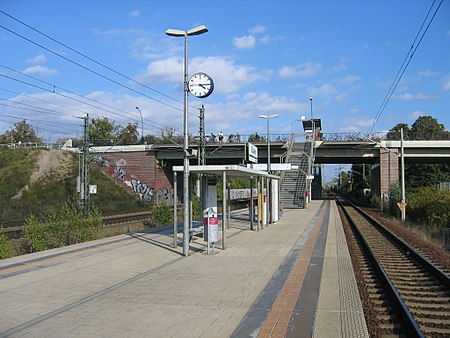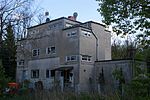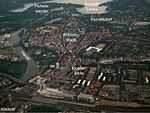West Berlin (German: Berlin (West) or West-Berlin, German pronunciation: [ˈvɛstbɛʁˌliːn] (listen)) was a political enclave which comprised the western part of Berlin during the years of the Cold War. Although the legal status as a part of the Federal Republic of Germany was heavily disputed, West Berlin aligned itself politically in 1949 and after with it and was directly or indirectly represented in its federal institutions.
West Berlin was formally controlled by the Western Allies and entirely surrounded by the Soviet-controlled East Berlin and East Germany. West Berlin had great symbolic significance during the Cold War, as it was widely considered by westerners an "island of freedom" and America's most loyal counterpart in Europe. It was heavily subsidised by West Germany as a "showcase of the West". A wealthy city, West Berlin was noted for its distinctly cosmopolitan character, and as a centre of education, research and culture. With about two million inhabitants, West Berlin had the largest population of any city in Germany during the Cold War era.West Berlin was 160 kilometres (100 mi) east and north of the Inner German border and only accessible by land from West Germany by narrow rail and highway corridors. It consisted of the American, British, and French occupation sectors established in 1945. The Berlin Wall, built in 1961, physically separated West Berlin from its East Berlin and East German surroundings until it fell in 1989. On 3 October 1990, the day Germany was officially reunified, East and West Berlin formally reunited, joined the Federal Republic as a city-state and, eventually, once again became the capital of Germany.










